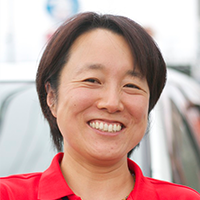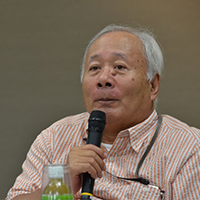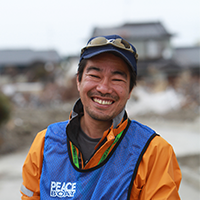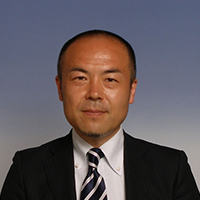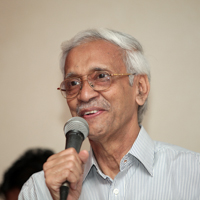
Founder of Bangladesh Disaster Preparedness Centre (BDPC), Saidur Rahman is the only Bangladeshi to have received the Certificate of Distinction under the UN Sasakawa Award for Disaster Reduction from ISDR in 2002. Graduated from Australia Counter Disaster College, majoring in Disasters Services Administration, Muhammad Saidur Rahman organized and conducted large scale disaster relief and recovery activities from 1972 to 1991. With the belief that having risk reduction strategies in place is more effective than reacting to disasters after they occur, he is promoting the fundamental research on disaster risk reduction measures. Saidur Rahman is the author of numerous books including the "Disaster Management Handbook for Bangladesh", which is widely used in the country. He also represents all the national NGOs of Bangladesh at the Local Consultative Group- Disaster Emergency Response, the highest forum of the Government of Bangladesh and Development Partners for Disaster Management.
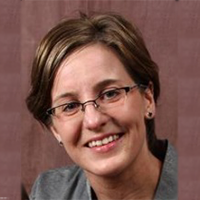
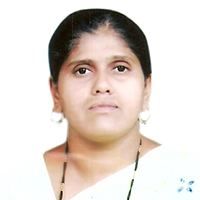
Naseem Shaikh has two decades of experience promoting grassroots women's leadership in sustainable resilient development. She began working with women in Osmanabad district, Maharashtra soon after the 1993 earthquake, then applied lessons learned to post-earthquake reconstruction after the 2001 Gujarat earthquake. She has organized grassroots women's learning exchanges, trainings, evaluations and dialogues with decision makers. In addition to her work in India, she has facilitated grassroots missions to Kenya, Nigeria, Philippines, Thailand, Nepal, to build grassroots women's leadership, expertise and scale up grassroots-led resilience practices in a range of sectors including sustainable agriculture, livelihoods, health, water and sanitation and disaster resilience.
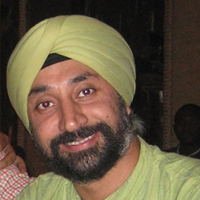
Harjeet Singh is the International Manager, Resilience and Climate Change for ActionAid. He is based in New Delhi, India and supports countries across the globe on the programming and policy advocacy work related to disasters and climate change. Prior to this, he coordinated emergency response work in Asia and American regions. He served the board of Global Network of CSOs for Disaster Reduction (GNDR) for 3 years and currently co-chairs - Adaptation and Loss & Damage group of Climate Action Network (CAN) International.
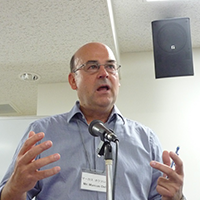
Marcus has 25 years of international experience in disaster risk management gained within the civil society sector where he has held responsibilities for supporting, facilitating and implementing a range of disaster risk management activities across Africa, Asia and Europe.
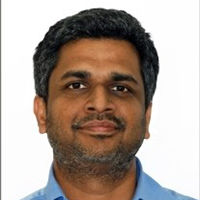
Manu Gupta is the co-founder and executive director of SEEDS, a non-profit organisation working in risk reduction and post-disaster response and recovery in Asia. Manu holds a Doctorate degree in community based disaster management, and currently serves as the Chair of the Asian Disaster Reduction and Response Network, an active network of national NGOs from over 18 countries in Asia. He is part of the Steering Committee of the Global Network of CSOs for Disaster Reduction. He is the Global Steering Committee member for UNISDR's Making Cities Resilient campaign. Lately, Manu has been strongly advocating for community voices forming the basis for greater accountability through partnerships between governments and civil society.
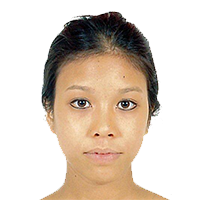
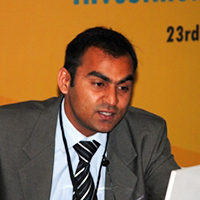
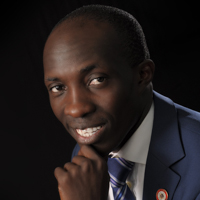
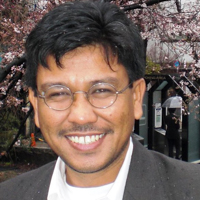
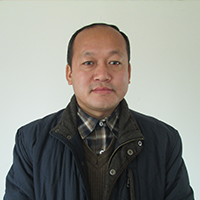
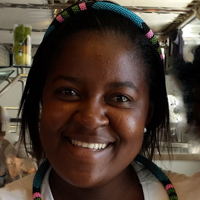
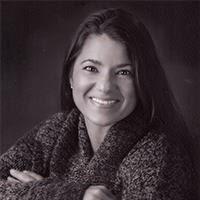
Lisa Orloff is an entrepreneur, thought leader, and author. Orloff founded World Cares Center, an NGO she spearheaded post 9-11-2001 and authored Managing Spontaneous Community Volunteers in Disasters: A Field Manual (CRC press, 2011) providing spontaneous volunteer management solutions based on her field experience. Sitting on several boards and committees and as Adjunct Professor at Pratt University, Orloff contributes to a broader approach to inclusive disaster risk reduction and response. Orloff is considered a subject matter expert advising local and international organizations and governments, and has responded to numerous disasters.
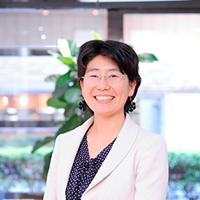
Born in Tokyo in 1976. After graduating from the Department of International Relations and Law, Faculty of Law, Sophia University, and after working for a few years, Ishikawa Eri first joined the Japan Association for Refugees in 2011 as a general staff. She was involved in activities related to policy recommendations and research in and outside of Japan. Her interest in refugee problems grew after knowing about incidents like the Rwanda civil wars, and became more involved in the organization as a volunteer. She switched to her current role in the organization in January 2008. She has collaboratively written several books on protection of refugees. She is also a mother of two.
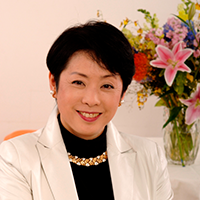
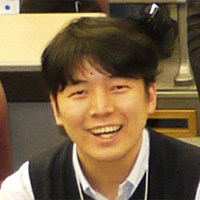
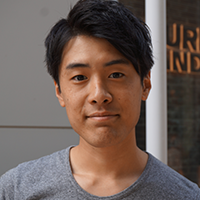
Isobe Ryota is a graduate student of urban planning and architecture at Tohoku University, majoring in Earthquake Disaster Prevention Studies. He was on the Express Train back to Sendai when the Great East Japan Disaster struck. Since then, he has been involved as a researcher of Michinoku Disaster Record Archive Project by Tohoku University, and a architecture ground staff with International NGO Habitat for Humanity, and in other fields related to Disaster Prevention and Recovery. At the 3rd UN WCDRR, he is managing the International Children and Youth Forum as a co-director of the Japan Office.
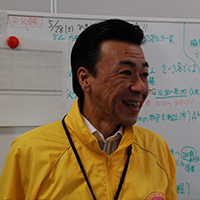

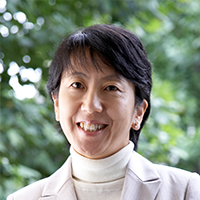
Through lecturing on and writing about environmental issues - as well as working in business consultancy and participating in cross-sectorial workshops - Edahiro Junko aims to contribute to creating a resilient and happy world. She hopes to create change through the sharing of information and engaging in dialogue. She currently manages an institute that researches and discusses the possibilities for new societal systems based on creating happiness and spiritual wealth, rather than on financial growth. Working alongside a group of specialists from around the world, Junko is a member of the International Working Group for New Development Paradigm which helps to advance studies in order to realize King of Bhutan’s royal decree of “prosperity and happiness” One of her latest publications is "Steady-State Economy Is Possible. Her major translation works include: "An Inconvenient Truth".
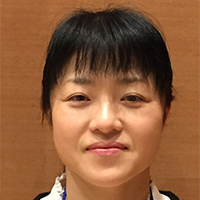
From the Care Manager for the Home Care Support Service Centre, Mamiko Otsuka became the person in charge for the Regional Welfare Department from 2001. Between 2004 and 2007, she experienced a total of 5 disasters including floods, earthquakes and heavy snow. From 2009, she was transferred to the newly established livelihood support department to support the people affected by the Chuetsu Earthquake who were living in the Public Housing. She was placed in charge of helping the needy to become economically independent, support young adults and providing support for their daily needs. Her work places emphasis on “creating face to face networks”, and her personal goal is to create a website where people can meet new friends.

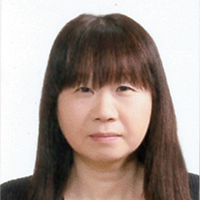
Having experienced the Great East Japan Earthquake, Onodera Akemi’s autistic second son lost his smile and transformed from a mild-mannered to a violent boy. Knowing that there are many similar cases of children and adults with physical and mental disabilities suffering in the region, she decided to create a sanctuary, where they can relax in peace. In January 2013, she founded “Motoyoshi Kizuna Tsunagaritai” with her parents.
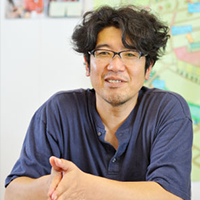
Born in Kamaishi City in 1965. Kano Junichi used to own a sweets shop in Kamaishi while engaging in community activities, until 2004 where he established a NPO support centre. Thereafter, he had been involved in a wide variety of activities until his office was destroyed by the Great East Japan Disaster in 2011. He restarted his NPO activities soon after to contribute to the recovery of the disaster victims. He is currently the Director of @Ria NPO Support Center, which was collaboratively established with intermediary support organizations in Iwate Prefecture.
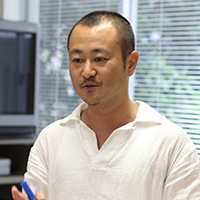
After participating in NGO Peace Boat’s Global Voyage as a student, Goda Shigehiro became a staff member of Peace Boat, responsible for peace education and international cooperation programs onboard while sailing to more than 60 countries. After the Great East Japan Earthquake, he established Peace Boat Disaster Relief Volunteer Center and was involved as a coordinator in disaster-affected areas in Tohoku and the Philippines. At the WCDRR, he is the person in charge of the coordination of civil society organizations in Sendai as part of JCC2015.
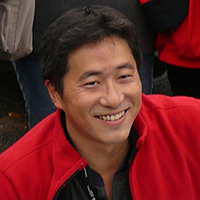
Kosaka Junichiro is the Senior Liaison Associate of the United Nations High Commissioner for Refugees (UNHCR) Representation in Japan since 2006, specialized in donor relations, resource mobilisation and partnership building. He studied international institution and EU law at International Christian University, and researched on the policy making process of EU and the rights of non-citizens in London School of Economics. He joined the United Nations Disaster Assessment and Coordination (UNDAC) team and Japan Platform between March and May 2011 for information gathering and dissemination in response to the Great East Japan Earthquake.
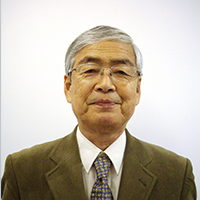
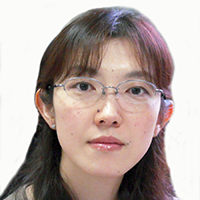
Sadaike Yuki is a Specially Appointed Associated Professor at the Center for Integrated Disaster Information Research, Interfaculty Initiative in Information Studies, University of Tokyo. She obtained her Ph.D. at the Faculty of Letters, Arts and Science, Hokkaido University, majoring in disaster sociology, regional sociology and education on disaster risk reduction. Born in Kenbuchicho, Kawakami-gun, Hokkaido, she experienced the Hokkaido Nansei-Oki Earthquake in Okushiri island, which inspired her to research disaster recovery and regional disaster risk reduction. She has organized and implemented disaster-related activities all over Hokkaido, and has also contributed her knowledge on disaster recovery in Tohoku after the Great East Japan Earthquake.
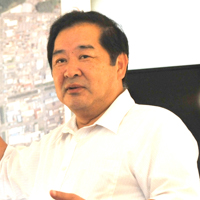
Sato Shigehisa was the vice principal of Minato-Daini Elementary School of Ishinomaki, which was situated next to the river and sea. During the disaster, he guided the children and local residents to evacuate to higher grounds. When his school later became a temporary evacuation centre, he was responsible for its overall management. Before the disaster, Minato-Daini Elementary School, like every other elementary school, had evacuation drills for disasters. However, just when they were thinking of ways to safely evacuate people with physical disabilities, the disaster occurred. Shigehisa Sato retired from the elementary school in March 2012. He became a staff member of his current organization in July 2013, and is now a storyteller, sharing his experiences with foreign visitors.
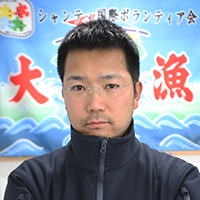
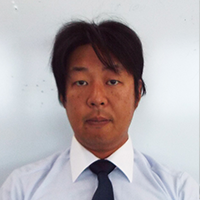
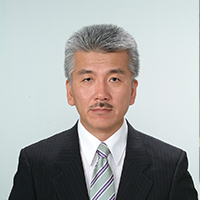
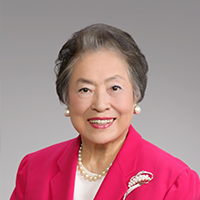
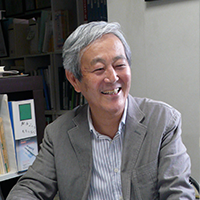
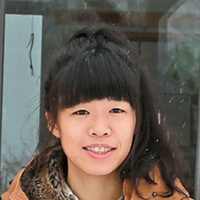
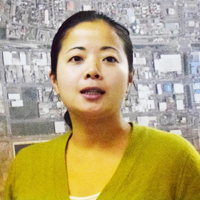
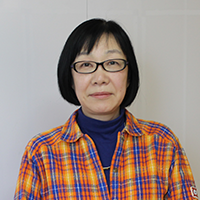
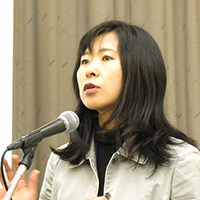
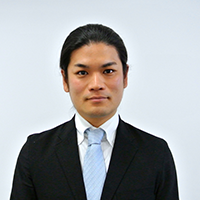
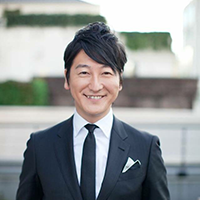
Born in 1977, Hori Jun entered NHK Broadcasting Corporation in 2001 as a reporter of News Watch 9, mainly in charge of accidents and disaster reporting. He worked as a newscaster of Economic News Biz Sport in 2010. He then became a visiting researcher at University of California, Los Angeles from 2012 onward. Hori Jun was rewarded with the Special Award at the Kyoto International Documentary Film Festival for his film production “Metamorphosis” that covers the nuclear meltdown incidents in the US and Japan. He became a freelancer in 2013, and took up the presenter role in a morning program of TOKYOMX TV station from 2014. He now manages 8bitNews, a user- generated news site, and is a guest professor at Shukutoku University.
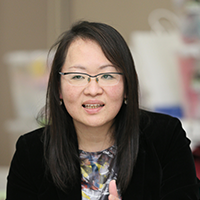
Born in Miyake Island of Tokyo, Miyashita Kana twice experienced volcano eruptions. The resulting lava flow from the eruption in 1983 destroyed her home, and she had to evacuate and live in temporary housing. She was forced to evacuate for 4 years and 5 months again in 2000 when the volcano erupted. During her life as an evacuee, she started working in a resident organization, where they supported the evacuee community living in evacuation centers. When the evacuation warning was cleared for the island in 2005, she established the Miyakejima Network. In 2010, she founded Glocal Employment, Support and AID Institute.
